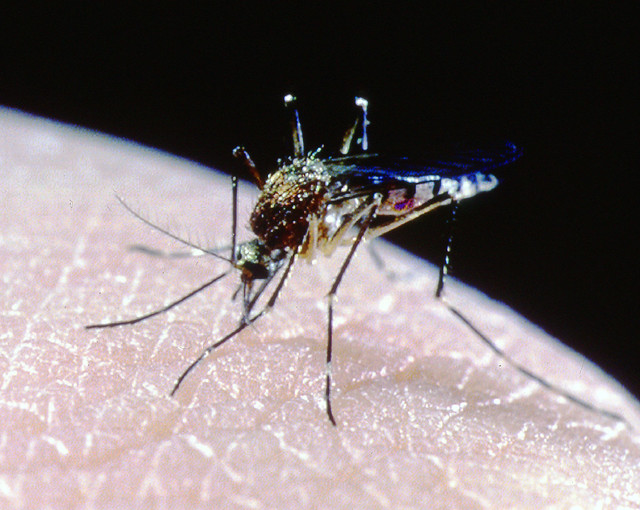 Originally posted by Nick Siebers
Originally posted by Nick Siebers 
Well, the OP has a point, which is that a 1:1 macro lens, on a 35mm camera, will "fill the frame" with something 35mm long. On an APS camera you can "fill the frame" with something 23mm across. It is, essentially, a crop of the larger picture. So in a practical sense, you can take a picture of something smaller using a 1:1 lens on a smaller sensor body.
But filling the frame has nothing to do with the magnification at which the photo is taken. At 1:1, an object that is A x B mm in the real world, will also be A x B mm on the frame or sensor. Suppose I shoot a bug that is 3x4mm, with ANY lens setup that is 1:1. What size is that bug on a 6x9cm frame? It is 3x4mm. What size is it on a 645cm frame? It is 3x4mm. What size is it on a 36x24mm (135/FF) frame? It is 3x4mm. What size is it on a 110 frame? It is 3x4mm.
That is what 1:1 means.
(Of the examples I just cited, that 3x4mm bug only comes close to filling the 110 frame. Filling the other frames would require magnification much greater than 1:1.)
 Quote:
Quote: If you shot with film for years, the concept of a crop factor is quite helpful. If you consult old books about photography as well. But it does take a little while to understand it.
I shot film for years. I simultaneously shot 135/HF and 135/FF and 6x6 and 6x9 and 9x12. I regularly mounted FF (full frame) glass on a HF (half frame) SLR. As now, I also shot with enlarger or MF or LF lenses on a bellows mounted on HF and FF SLRs. I never once heard or thought of "crop factor". For each format, I learned which lenses covered which angles.
I admit, when I first got my HF Oly Pen-FT and mounted a Spiratone 400mm tele on it, I thought, "Oh wow! It's like having a 600mm lens!" But I quickly learned that, no, it's NOT like having a longer lens; it's like having a 400mm lens on a FF camera, and cutting the negatives in half. A smaller frame gets less of the picture, that's all.
The BS term "crop factor" is obviously misleading and confusing, as proved by all the zillions of confused questions and comments we see in any forum. Camera and lens marketers will continue to use the misleading terms CF and 'equivalent' because it's simpler than educating customers. Well, it'll keep the forums busy.


 Similar Threads
Similar Threads 






 The confusion in this thread arises from the notion that macro photography is about filling the frame. You may not be able to fill the frame with a mosquito's eye at 1:1 and in fact may require 2.5 or 3 to 1 which means more of the FOV from 1:1 will drop out as the eye fills the frame or less background. Even at 3:1 or 4:1, the eye won't fill the frame. It would end up being a portrait of the head, thorax, front legs, mesothoraxic legs and part of the antennae.
The confusion in this thread arises from the notion that macro photography is about filling the frame. You may not be able to fill the frame with a mosquito's eye at 1:1 and in fact may require 2.5 or 3 to 1 which means more of the FOV from 1:1 will drop out as the eye fills the frame or less background. Even at 3:1 or 4:1, the eye won't fill the frame. It would end up being a portrait of the head, thorax, front legs, mesothoraxic legs and part of the antennae. 
 Try this with a 5 millimeter subject at 1:1 with a 105 macro on the K20d and print it at 4 x 6 and use the same lens on film and request 4 x 6 prints. You will see that the subject will be the same in the two, but the surrounding background will not.
Try this with a 5 millimeter subject at 1:1 with a 105 macro on the K20d and print it at 4 x 6 and use the same lens on film and request 4 x 6 prints. You will see that the subject will be the same in the two, but the surrounding background will not. 



 Post #6 by Wheatfield
Post #6 by Wheatfield








